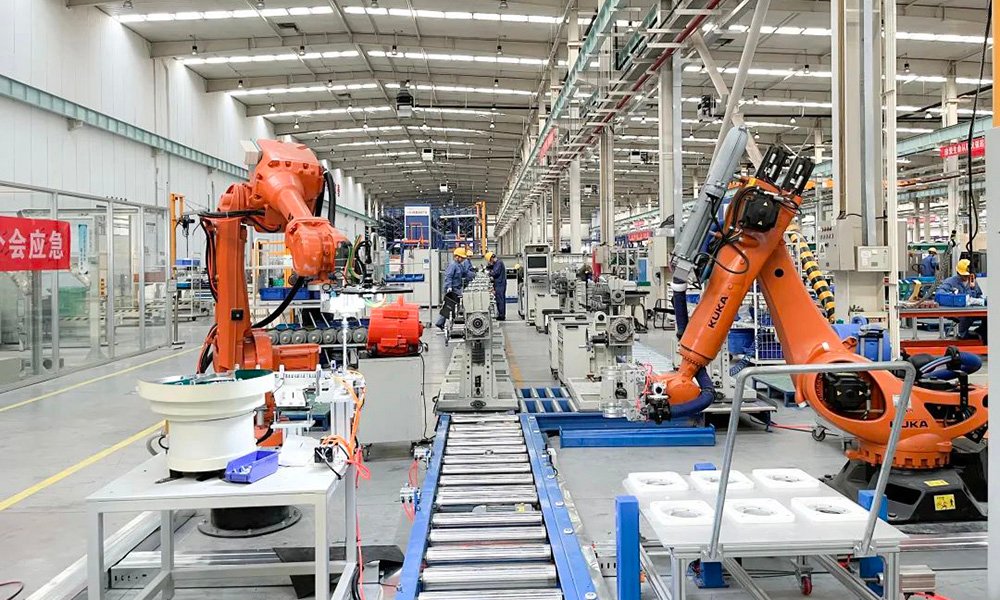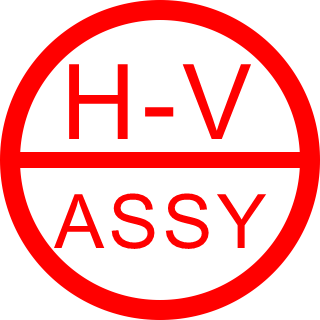Outdoor Vacuum Circuit Breaker Assembly Production line

The outdoor vacuum circuit breaker assembly production line includes modular design, safety measures, and energy-saving technologies. The production line goes through a series of meticulous processes such as main shaft assembly, mechanism assembly, spring installation, phase column assembly, secondary circuit assembly, mechanical run-in, and characteristic testing to ensure precise assembly and complete functionality of the product.
Process Flow Explanation
- Main Shaft Assembly: The main shaft components and buffer are installed inside the casing, and after checking the drawings for accuracy, the unit is moved to the next process.
- Mechanism Assembly: Pre-assembly of the operating mechanism for closing and opening operations, including the assembly of the closing and opening modules.
- Casing and Spring Assembly: Complete the assembly of closing and opening springs, ensuring correct installation and marking of spring force values.
- Phase Column Pre-assembly: Pre-assembly of the internal soft connections, double-headed rods, and insulators of the phase column.
- Phase Column Assembly: Assemble the phase column onto the casing using a flipping robotic arm and connect it to the operating mechanism.
- Secondary Circuit Assembly: Complete the wiring and layout of the auxiliary control circuit for the VCB.
- Mechanical Run-in: Perform mechanical run-in to eliminate burrs and ensure smooth operation of the mechanism.
- Characteristic Testing: Test the mechanical characteristics of the VCB, including closing and opening speed, overtravel, opening distance, etc.
- Chassis Assembly: Use a robotic arm to assemble the chassis and tighten it.
Production Line Features
- High Automation Level: The production line utilizes advanced automation technology, reducing manual operations and improving production efficiency and product consistency.
- Modular Design: The production line is designed in modules, facilitating process changes and expansion of workstations.
- Safety Protection: Lifting devices, transmission devices, and electrical equipment on the production line are equipped with safety protection devices and meet relevant standards.
- Energy-saving Requirements: The production line can automatically stop idle rotation when there are no products being transported or empty pallets, reducing energy consumption.
- Quality Control: All moving and transmitting parts require lubrication to ensure normal operation of the equipment and reduce the failure rate.
